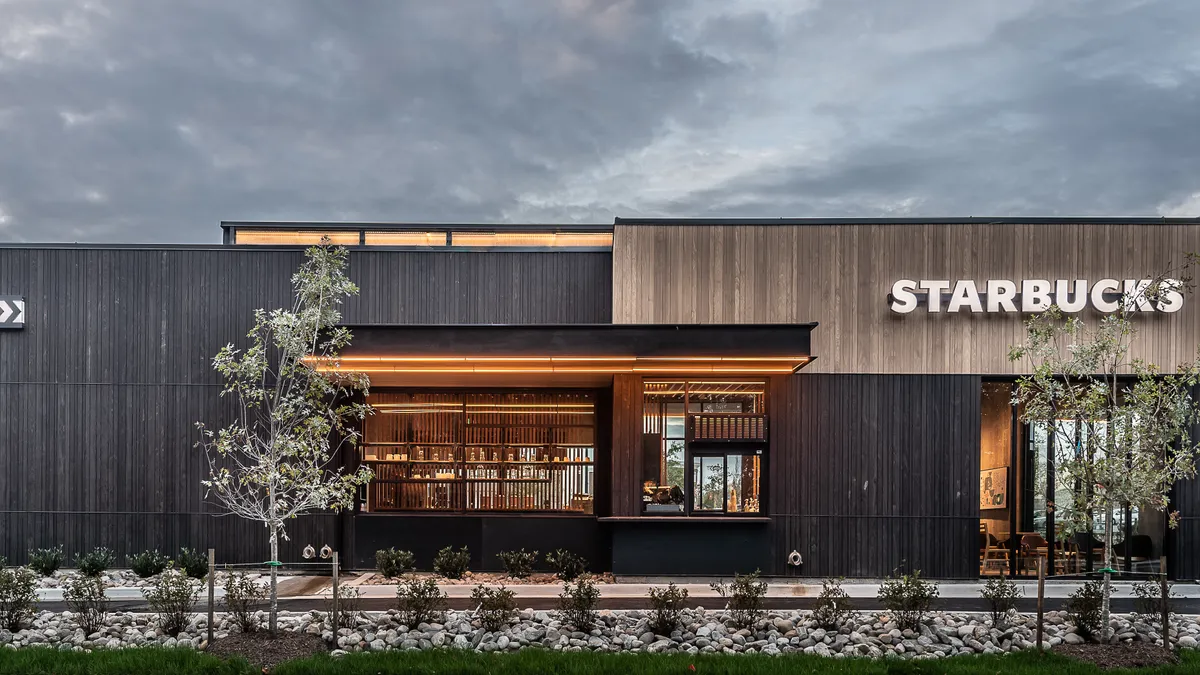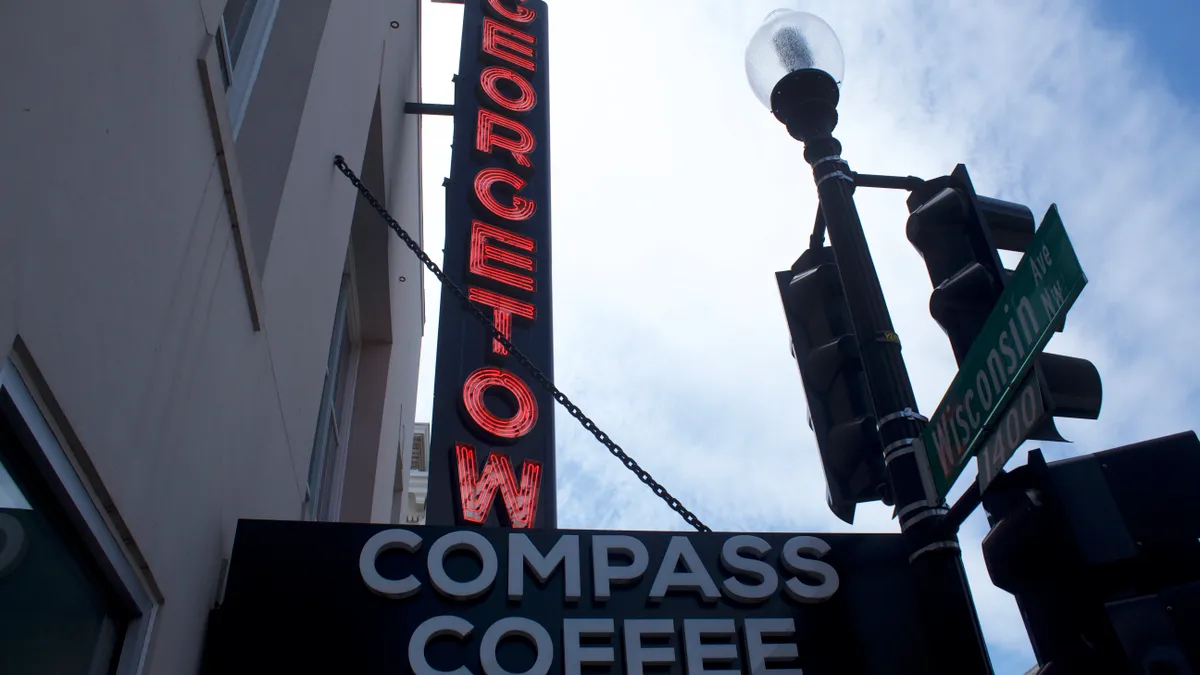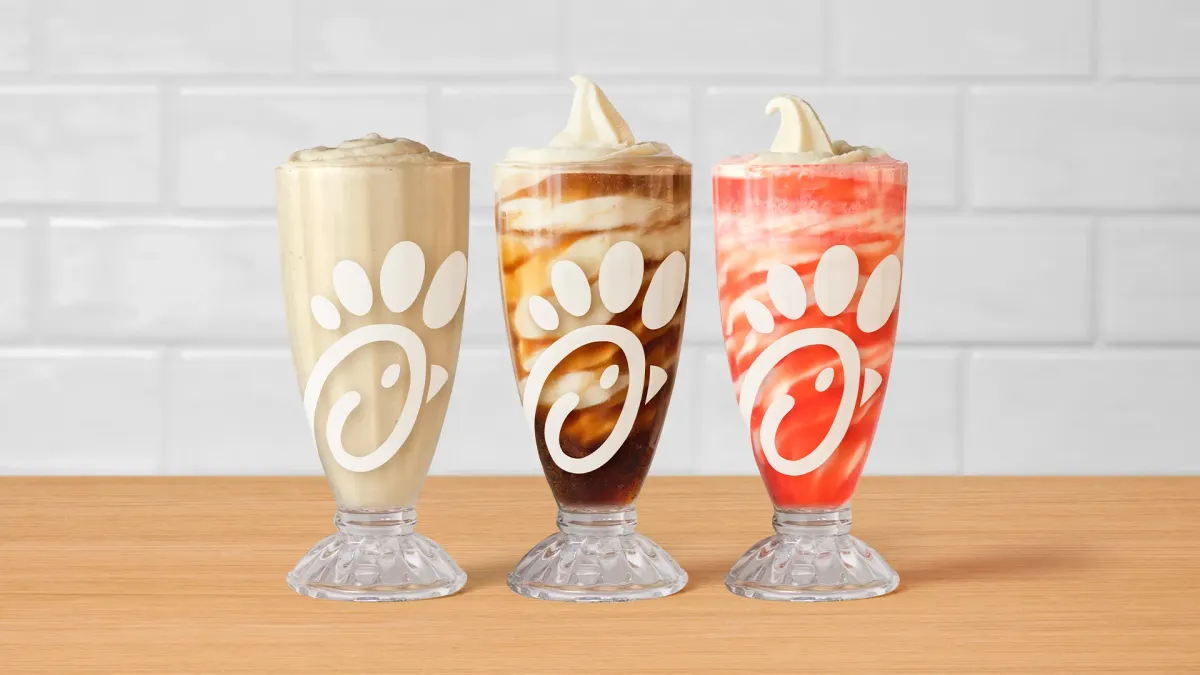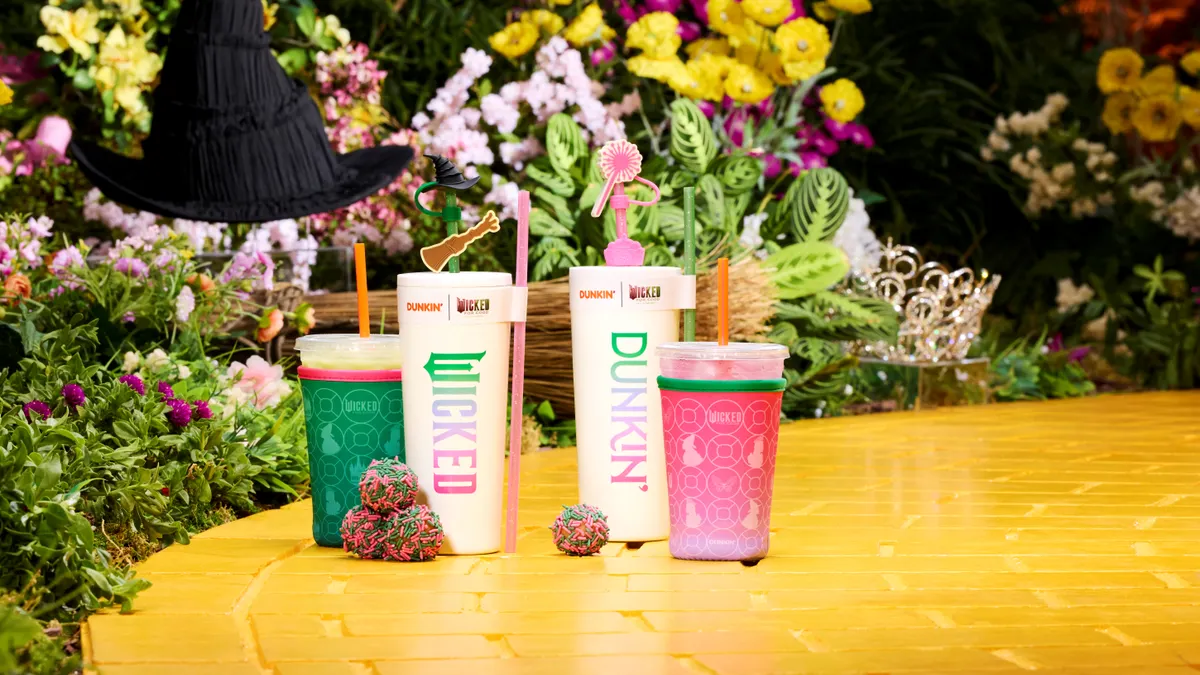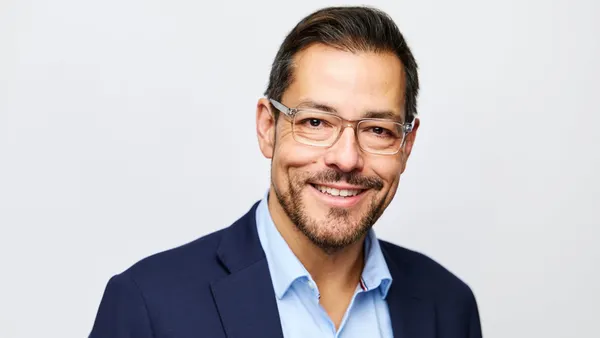Starbucks unveiled an ambitious growth plan at its investor day in Seattle on Tuesday, aiming to reach 45,000 stores worldwide by the end of 2025 — an increase of about 10,000 stores. But that growth plan is just one element of the chain’s reinvention plans announced by interim-CEO Howard Schultz earlier this year. Executives dug into new strategy details Tuesday, which promise everything from labor-saving kitchen layouts in the U.S. to 3,000 new stores in China. Here are the four key takeaways from the coffee giant’s presentations to its investors.
Extending loyalty to licensed stores
Starbucks’ loyalty program has long been considered a restaurant industry gold standard. The company estimates that 24.7 million U.S. adults are active members of the reward program, Deb Hall Lefevre, Starbucks’ chief technology officer, told investors. Those members drive more than half of the company’s sales at U.S. stores.
But Starbucks’ benefits, and the convenience of its app and mobile ordering system, don’t extend evenly. While corporate stores are plugged into those digital tools, many of the chain’s 6,000 licensed U.S. stores are not.
To remedy this discrepancy, Starbucks is rolling out a tool called Starbucks Connect that allows licensed stores to link up with the rewards program and mobile ordering, Starbucks CMO Brady Brewer told investors.
This tool has already been adopted by 20% of the company’s licensed U.S. stores, Lefevre said. The tool has grown sales at licensed stores, and gives Starbucks first-party customer data on those mobile orders, which has led to incremental increases in loyalty sign-ups.
“We see connect stores quickly scaling from what used to be zero to almost a quarter of transactions coming through the digital mobile order and pay channel,” Lefevre said.
Labor remains a focus for the company
Starbucks is automating some back-of-house processes, like inventory ordering, as part of a broader effort to make barista work easier, Lefevre said.
Frank Britt, Starbucks’ chief strategy and transformation officer, said employees’ current workload is too physically taxing. He added that the company is implementing “workflow tools and automation tools that allow the lower-value-add tasks to be done, and to free up time [and] energy for ... the production of the coffee itself, and most importantly, the connection to customers.”
John Culver, Starbucks’ outgoing chief operating officer, said automation of inventory ordering frees up labor by reducing the time workers spend counting SKUs during a shift. Culver also discussed the company’s changes to kitchen layout, which will begin with new equipment rollouts in fiscal year 2023 and culminate in the implementation of the Siren System in fiscal year 2024 and 2025.
Culver’s comments also touched on another labor issue facing Starbucks: unionization. Starbucks has increased benefits to employees at non-union stores in a pattern the company claims is mandated by federal labor law, but which Starbucks Workers United — and regional offices of the National Labor Relations Board — have argued is a violation of the National Labor Relations Act.
“There are two paths,” Culver told investors. “We can work together as partners side by side. Or we can have a third party between us. ... And working side by side, we can efficiently deliver solutions that support our partners in their jobs, as well as in their lives, supporting their physical, financial and mental well-being.”
Custom drinks and cold coffee are keys to growth
Hyper-customized beverages are another point of contention among Starbucks workers, but this offering is a key pillar of the coffee chain’s future growth, executives said.
“Customer demand for cold beverages are expected to continue outpacing hot beverage growth in the coming years. Cold beverages are increasingly more complex or more time-consuming, [and] the surge in volume has caused bottlenecks in our stores,” Culver said.
Cold brew, which the company launched in 2015, has been a key sales driver in recent years, but is part of a broader lift from sales of cold drinks. Cold drinks, Brewer said, now account for 70% of beverage demand in Starbucks’ U.S. stores on average, peaking at around 80% in summer.
Those beverages include “platforms like cold brew, Nitro, ice-shaken espresso and elevated traditional coffee categories. They're commanding a premium price, they're driving our sales and they are among our highest-margin products,” Brewer said.
While the complexity Culver referred to slows down workers and can lead to delays, it is also an advantage for Starbucks. Customers can add extras to their drink like espresso shots, plant-based milks, cold foams and syrups, Brady said, and sales of those modifiers alone top $1 billion. Customization plays a role in drawing consumers through word of mouth, too.
“The range of our menu is perfectly suited for the Gen Z, social media create-and-share generation. As people discover a beverage they love, they want to share it online,” Brady said.
International growth is key to overall scale
To reach its 45,000-store goal, Starbucks plans to open about eight cafes every day for three years, Rachel Ruggeri, Starbucks’ chief financial officer, said. Part of that growth will come from an increase in U.S. stores, with the chain targeting 3% to 4% annual domestic growth, but the majority of that growth will be in China, where Starbucks intends to open 3,000 new stores by 2025, reaching 9,000 stores, Belinda Wong, chair of Starbucks China, said.
“We'll open one new store nearly every nine hours for the next three years,” Wong said. Starbucks plans to enter 70 new cities in China and expand its retail offerings.
Michael Conway, group president of international and channel development, elaborated on the plan for plotting new international stores. In Japan and the U.K., markets, where Starbucks has more than 1,000 stores, the company is shifting to focus on drive-thru cafes. Two-thirds of new Japanese Starbucks units and three-quarters of new U.K. stores will feature drive-thrus, as the chain looks to replicate the success of its American locations. Those international stores are increasingly connecting to the company’s mobile-ordering system.
All told, Starbucks plans to reach about 25,000 international stores outside of North America by 2025, an increase of about 7,000 stores over the 17,898 international stores the company had open in Q3 of this year. This represents about 70% of its projected unit growth.



